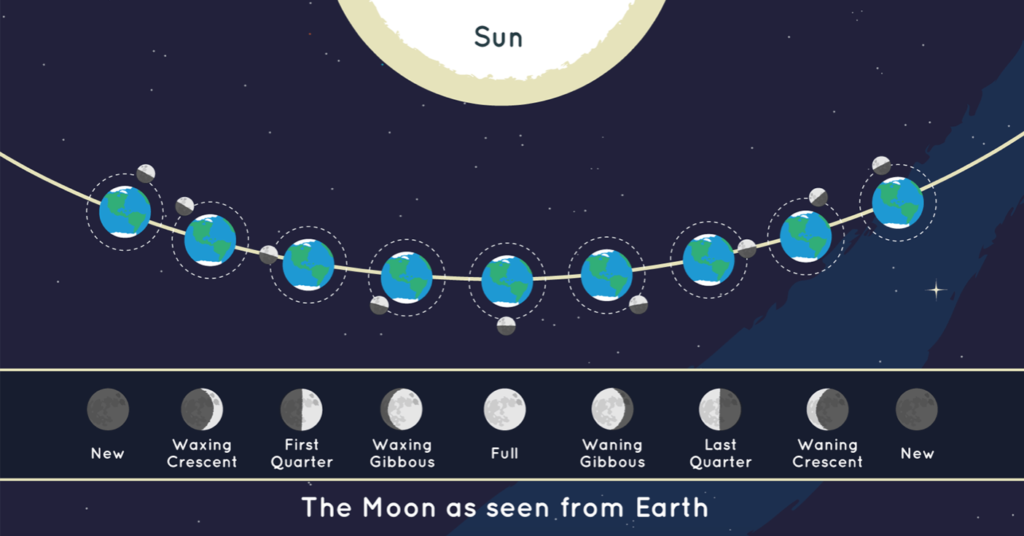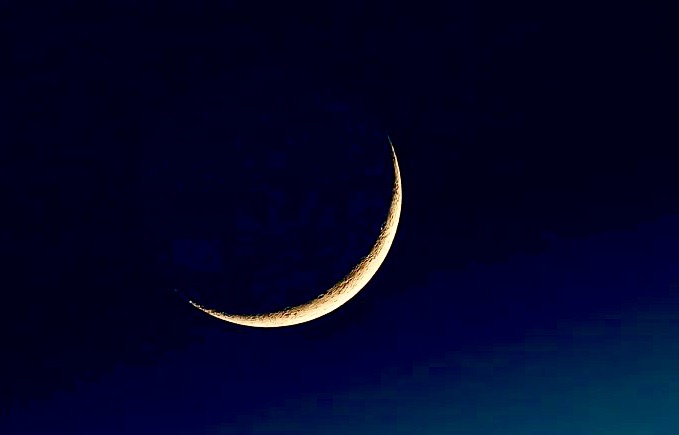
Religious Significance of “Moon Sighting.”
The first event after a new moon is the appearance of the crescent moon. Is the most significant religious perspective of “moon sighting”? By now, the moon is just the slimmest curve in the heavens, faintly illuminated on its near side by the sun. In the northern hemisphere, in places like the UK, the new crescent will appear as a backwards ‘C’ shape. The sighting of the new crescent moon initiates a new month in the Islamic calendar. That makes Ramadan and Eid, among other Islamic celebrations, a major focus of astronomy.
Confusion about the “Moon sighting.”
Ramadan Moon sighting

Every curious person notices a lot of confusion about the Moon sighting each year, which makes two different thoughts of schools not agreeing on confirmation of the Moon sighting. This results in Ramadan commencing on two different dates within the same country.
Regarding several facets of fasting during Ramadan, Muslim jurists also vary. These cover the precise start and end times of fasting, what makes fasting invalid, and the Fitrah—a charitable gift to the underprivileged at the end of Ramadan.
Methods of Moon Sighting
1-Local seeing is a concept followed by some Muslim sects. They so depend on accounts of the crescent moon being seen in their own nation or region.Based on the hadiths—the Islamic tradition is founded.
Promote local observations as a method for determining the commencement of the month.
2-Global Observation:
Various Muslim factions, especially those endorsing a more cohesive methodology, promote a worldwide moon viewing. They contend that if the moon is observed in one region of the world, it should be generally applicable, hence necessitating that all Muslims commence Ramadan on the same day. This is frequently the adopted technique.
Geographical Factors
The moon sighting’s geography is key in this discourse. Factors such as meteorological conditions, topographical features, and the time of day might render the new moon observable in certain locations while remaining imperceptible in others. For instance, if the moon is observed in Saudi Arabia, Muslims in other nations may not have visibility due to varying time zones or cloud obstruction. These variances may result in inconsistencies in the observations.
Cultural and Legal Perspectives
Cultural and Legal Perspectives Cultural and regional traditions, along with various schools of Islamic jurisprudence, also affect the moon viewing procedure. The four principal Sunni schools (Hanafi, Maliki, Shafi’i, and Hanbali) and diverse Shi’a sects may possess nuanced variations in their interpretations of the criteria for moon sighting.
Some individuals are more stringent in observing physical sightings, but others may accept astronomical calculations, although this is less prevalent in traditionalist societies. Nevertheless, conservative groups are less inclined to embrace astronomical calculations.
Now we see what the Quran and Hadith say regarding “moon sightings.”
Quran (36:39)
The hilal appears as a slim curve in the sky, as God declares, “As for the moon, We have ordained [precise] phases for it, until it ends up [looking] like an old, curved palm stalk.”
Hadith Sahih Muslim and Sunan Abi Dawud
Hadith :Sahih Muslim
Abu Huraira reported Allah’s Messenger (may peace be upon him) as saying:
Whenever you see the new moon (of the month of Ramadan) observe fast. and when you see it (the new moon of Shawwal) break it, and if the sky is cloudy for you, then observe fast for thirty days.
Reference: Sahih Muslim 1081a
Narrated Abdullah ibn Abbas:
The Prophet (saws) said: Do not fast one day or two days just before Ramadan except in the case of a man who has been in the habit of observing a fast (on that day), and do not fast until you see it (the moon). Then fast until you see it. If a cloud appears on that day (i.e. 29th of Ramadan), complete the number thirty (days) and then end the fasting: a month consists of twenty-nine days.
Reference Sunan Abi Dawud 2327
English translation: Book 13, Hadith 2320
A month starts in the Islamic calendar when the new crescent Moon is seen. That makes Ramadan and Eid, among other Islamic celebrations, a major focus of astronomy.
Challenges in “Moon Sighting.”
The Moon takes 27.3 days to complete a revolution around Earth, but it takes 29.5 days to transition from one new moon to the next. Even though the moon is there on the 29th and 30th, clouds prevent us from seeing it.
Conclusion
But the problem is not that big, and when we have the hadith, we easily find the answer.
Abu Huraira reported Allah’s Messenger (may peace be upon him) as saying:
Whenever you see the new moon (of the month of Ramadan), observe a fast. And when you see it (the new moon of Shawwal), break it, and if the sky is cloudy for you, then observe a fast for thirty days.
